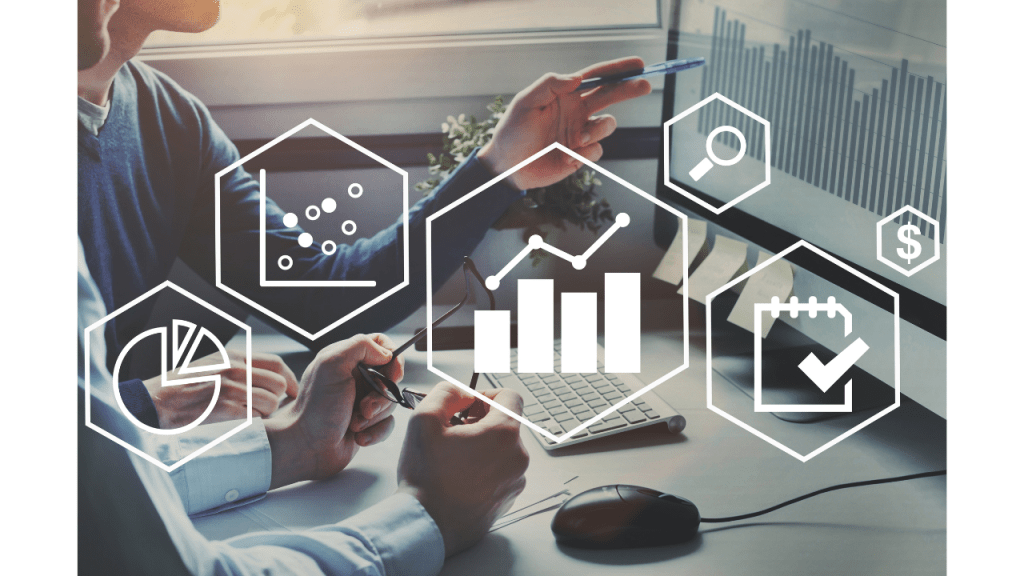Private equity used to thrive on gut instinct, spreadsheets, and who you knew. That old-school approach helped build a $4.4 trillion industry in the U.S., but the game’s changing fast.
Now, data is coming in faster and from more places than ever before, and firms that can’t keep up risk falling behind. Data science is shifting from a nice bonus to a core part of how deals get sourced, vetted, managed, and exited.
According to Gartner, over 75% of early-stage investor research will use AI and analytics by 2025. This article focuses on how that shift is playing out in U.S. private equity.

Traditionally, private equity decisions relied on limited data: audited financials, pitch decks, a few industry benchmarks, and a healthy dose of pattern recognition. Most PE pros trusted models built on past deals and the sharp eyes of their teams.
That’s changing. The amount of available data has exploded, but adoption of advanced data science tools, like machine learning, NLP, and predictive analytics, is still in its early stages.
A 2023 Bain report noted that while 75% of U.S. PE firms have launched some form of data initiative, fewer than 30% have embedded it across their full investment lifecycle.
What’s pushing the shift?
The result: firms are scrambling to stand out. Those who figure out how to tap into data at scale are getting a leg up.
Across the U.S. private equity space, data science is beginning to reshape the core workflows that define success. From how deals are sourced to how exits are timed, firms are turning raw information into actionable decisions with more speed and accuracy than ever before.
Private equity firms in the U.S. are using machine learning and analytics to sift through massive datasets and find companies that match tightly defined investment criteria. This isn’t just about automating filters…it’s about spotting opportunity patterns others miss.
By tapping into external data like market signals, web traffic, news sentiment, and hiring trends, firms can uncover overlooked businesses or get ahead of obvious ones before competitors do.
Algorithms can now connect the dots between financial performance, industry shifts, and buyer intent…often before the company even starts shopping for capital.
Diligence is no longer confined to combing through PDFs and spreadsheets. With modern tools, firms can scan thousands of pages of contracts, filings, and financial reports in minutes, not days.
This allows deal teams to build a clearer, data-backed picture of the target company and identify risks earlier in the process.

Post-acquisition, data science is helping U.S. PE firms keep a closer eye on performance and pressure points.
Real-time dashboards track cash flow, pricing, operational bottlenecks, and customer behavior. Predictive models can forecast growth trajectories and flag potential slowdowns.
Instead of waiting for quarterly reports, firms can spot trouble (or opportunity) days or weeks in advance.
Let’s say a U.S.-based manufacturer had rising inventory costs. After running a transaction-level analysis, a PE ops team adjusted procurement timing and saw a $2.5M working capital swing in one quarter.
Data also helps guide resource allocation: deciding which product line to grow, which location to scale back, or when to hire based on demand signals.
Timing the exit right can make or break a deal’s return. With better data, firms now have a clearer sense of market conditions and buyer interest levels.
Analytics tools can:
This gives acquirers stronger, data-backed stories to tell and more leverage to justify premium valuations. It’s not just “we made it better.” It’s “here’s the data that proves it.”
Today’s private equity decisions are built on far more than just balance sheets and board decks. To get a clearer read on a company’s performance and potential, U.S. firms are pulling from a wide mix of both traditional and non-traditional data sources.
Here’s a breakdown of what’s being used:
These are the foundational inputs most U.S. PE firms have relied on for years to assess financial health and operational stability.
Beyond internal reports, this data helps fill in the blanks: offering a fuller, real-world view of a company’s performance and potential.
These insights reflect how individuals interact with brands, products, and markets helping PE firms gauge sentiment, trust, and traction in real time.
This type of data reveals how companies are operating day-to-day, offering early signals of growth, slowdown, or market shifts.
These data sources capture real-world activity, giving PE firms a direct lens into operational performance and consumer movement across the U.S.
Government databases and financial news sources help ground investment decisions in the broader context of U.S. economic health and sentiment.
This blended view allows PE firms to make sharper calls…not just on what a company says it’s doing, but what the data shows is actually happening.

Behind every successful data initiative in private equity, there’s a solid set of tools doing the heavy lifting. U.S. firms are combining infrastructure, analytics, and external data sources to turn raw information into real insight.
The payoff isn’t just theoretical, as firms applying data science are already seeing real advantages across the investment cycle.
While the momentum is growing, there are still a few roadblocks keeping some firms from going all-in on data science.
The role of data science in U.S. private equity isn’t just growing…it’s becoming a permanent part of how firms operate and compete.
The private equity world is changing and not in small ways. U.S.-based firms that once relied on connections and spreadsheets are now building machine learning pipelines, analyzing geolocation patterns, and rethinking how deals get done.
This shift isn’t about replacing the human side of private equity…it’s about giving those humans better tools. The ones who adapt are going to see higher returns, less risk, and a sharper edge in a crowded market.
And, the ones who don’t?
Well, they might still be stuck in Excel while their competitors close the next great deal before they even know it was on the table.